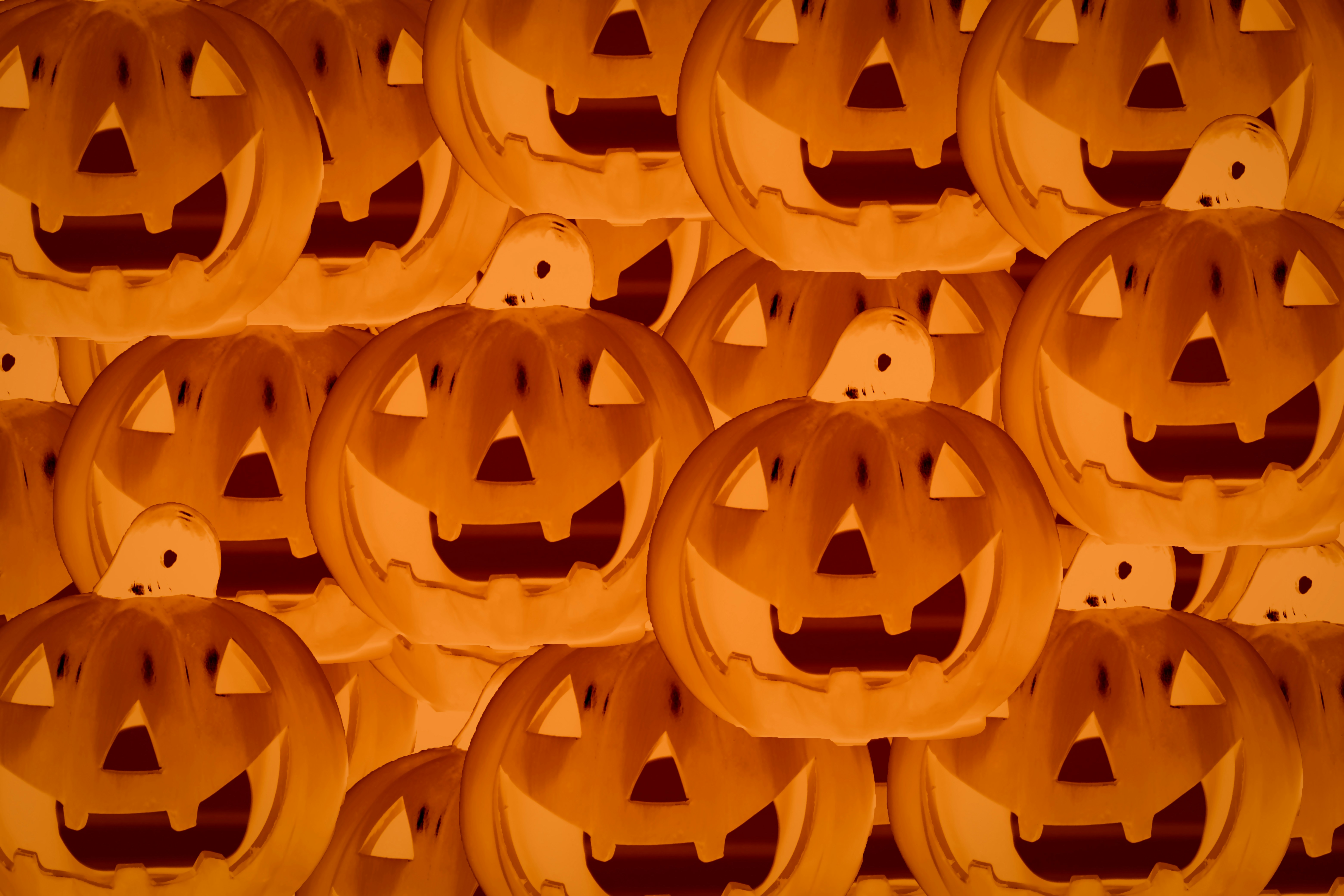
It’s that time of year and pumpkins, those orange orbs are appearing all over.
But how did the pumpkin get here?
A Short History of the Pumpkin
Pumpkins are believed to have originated in North America. Seeds from related plants have been found in Mexico dating back to 7000 to 5500 B.C.
References to pumpkins date back many centuries. The name pumpkin originated from the Greek word for “large melon” which is “pepon.” “Pepon” was then changed by the French into “pompon.” The English changed “pompon” to “Pumpion.” American colonists changed “pumpion” into “pumpkin.”
Indians & the pumpkin
Native American Indians used pumpkin as a staple in their diets centuries before the pilgrims landed. They also dried strips of pumpkin and wove them into mats. Indians would also roast long strips of pumpkin on the open fire and eat them. When white settlers arrived, they saw the pumpkins grown by the Indians and pumpkin soon became a staple in their diets. As today, early settlers used them in a wide variety of recipes from desserts to stews and soups.
Pumpkin Pie
The origin of pumpkin pie is thought to have occurred when the colonists sliced off the pumpkin top, removed the seeds, and then filled it with milk, spices and honey. The pumpkin was then baked in the hot ashes of a dying fire.
Pumpkins Weren’t Always Popular on Halloween
The tradition of carving pumpkins on Halloween started from a scary Irish folktale about a man named Stingy Jack. People in Ireland and Scotland eventually started carving faces into root vegetables like turnips and beets to create jack-o-lanterns to keep evil spirits away. So carving pumpkins into jack-o’-lanterns is a Halloween tradition that originated hundreds of years ago in Ireland.
Pumpkins Meaning
Pumpkins are seen as symbols of fertility, prosperity, transformation, and growth. They hold cultural and spiritual significance in various traditions and customs around the world, representing abundance, protection, and rebirth